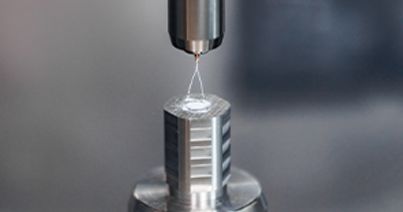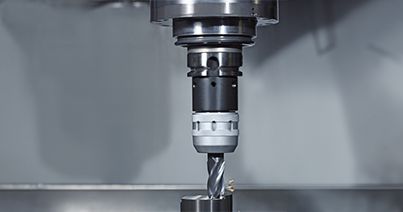What is an End Mill?
If you are new to machining, you might be wondering what an end mill is. An end mill is a type of cutting tool that is used in milling applications. It is a rotating tool that is used to remove material from a workpiece. End mills are usually made of high-speed steel (HSS) or carbide and come in a variety of shapes and sizes. They are available in solid and indexable milling styles
The end mill is named after its cutting end or tip, which is shaped like a cylinder or ball at the end of a long shank. They feature several end types for cutting, flutes, and point angles.
End mills are commonly used in milling machines, which are machines that use rotary cutters to remove material from a workpiece. The milling machine moves the workpiece against the rotating end mill, which cuts into the material and removes chips of material to create a desired shape.
End mills are versatile tools that can be used to cut a variety of materials, including metal, plastic, wood, and composites. They are used in a variety of industries, including manufacturing, aerospace, and automotive.







